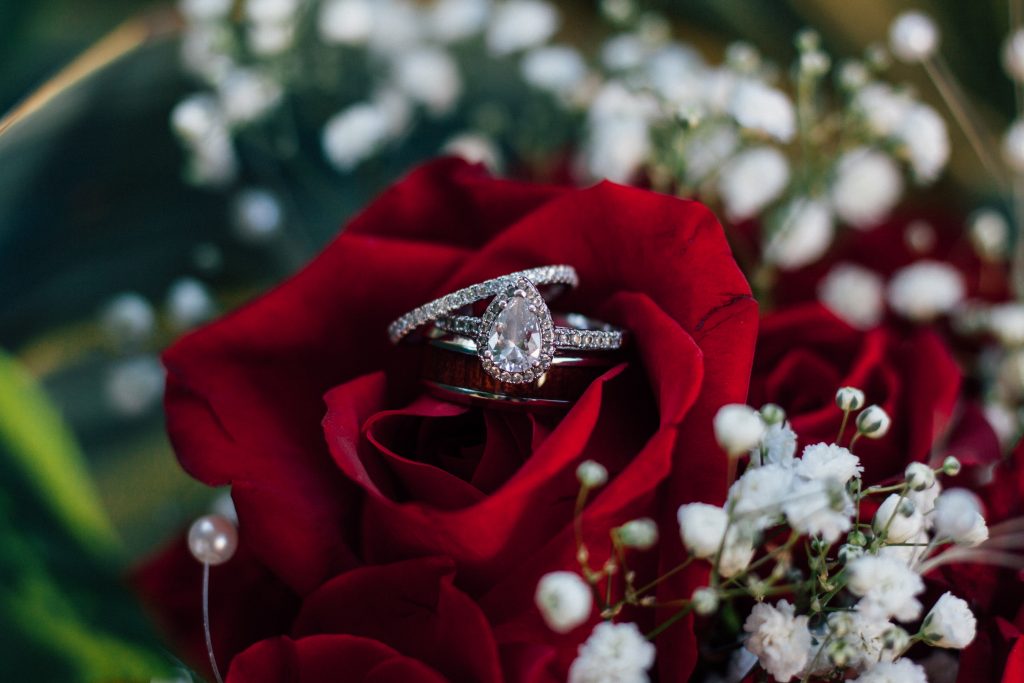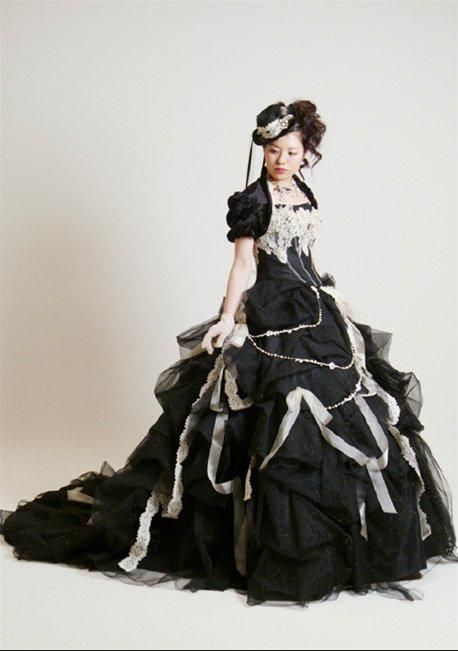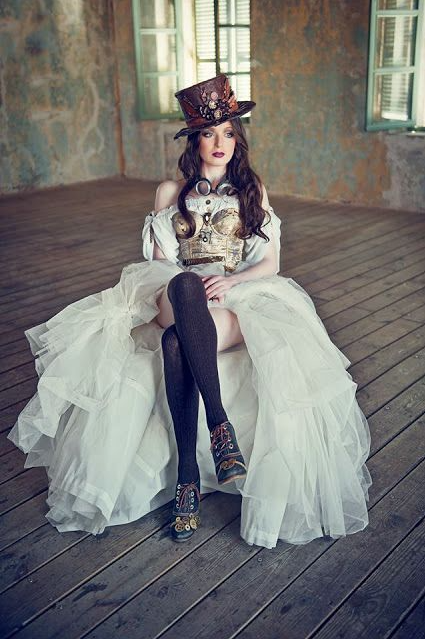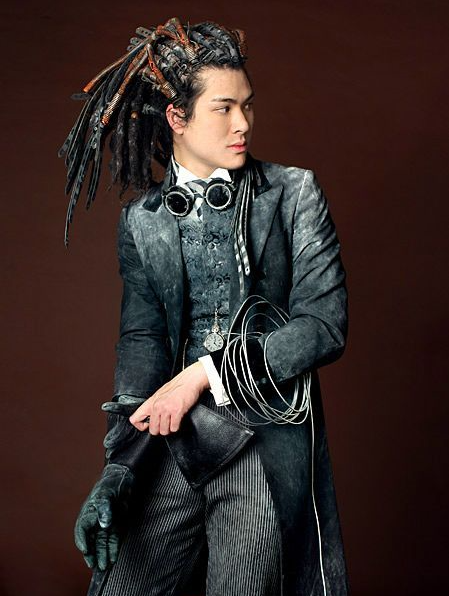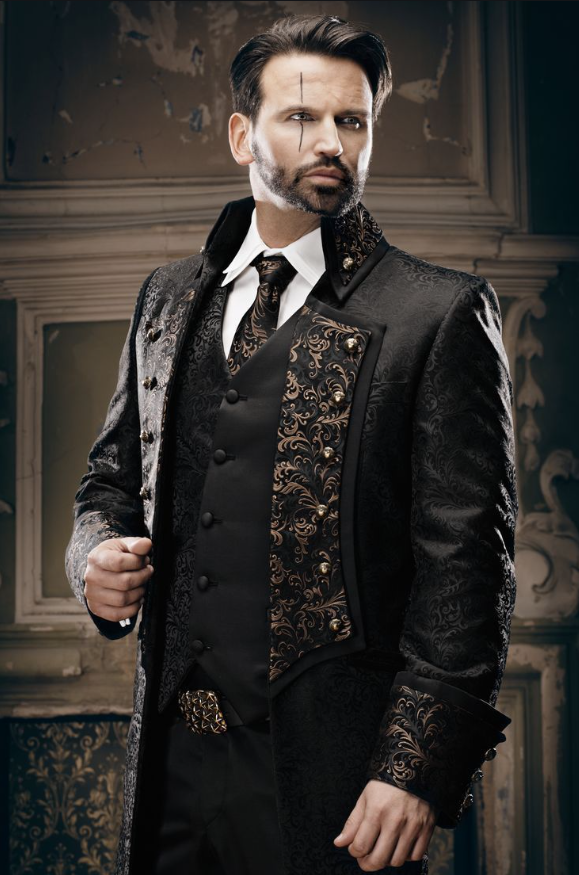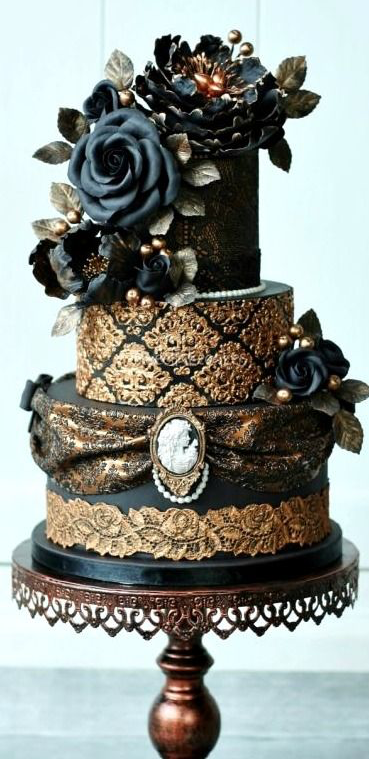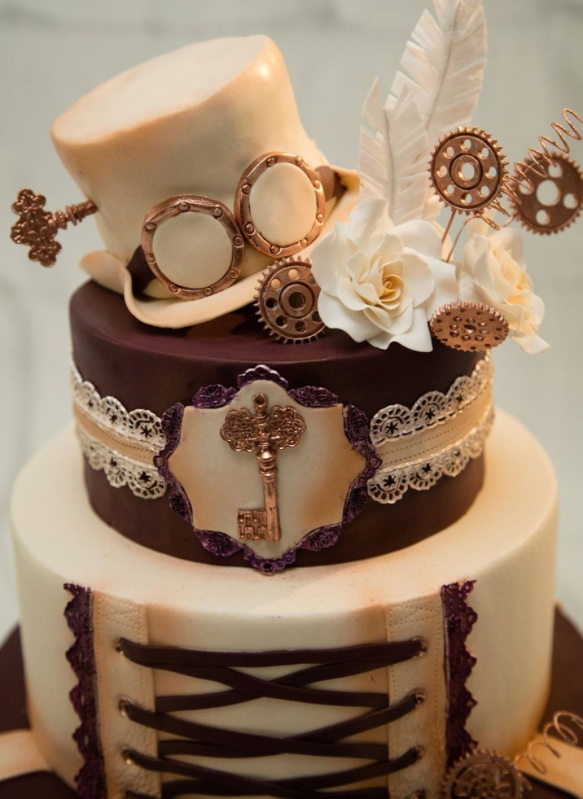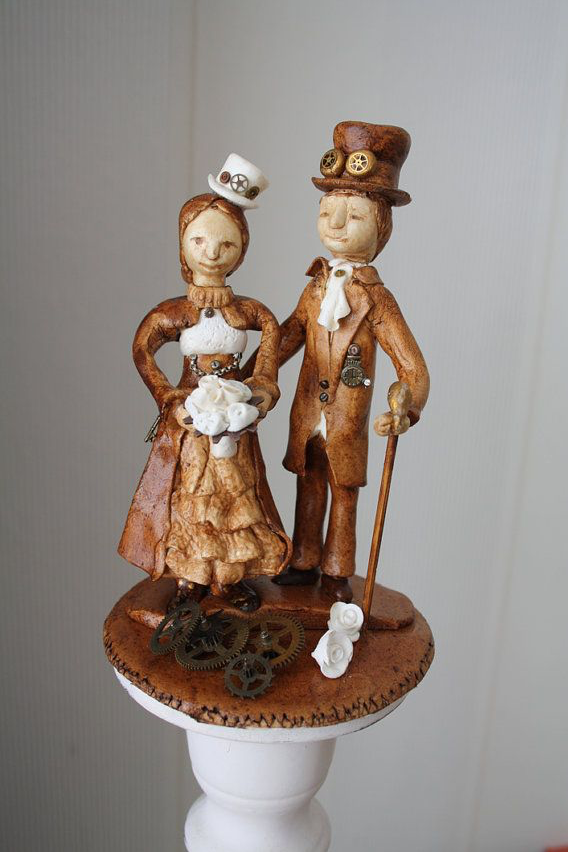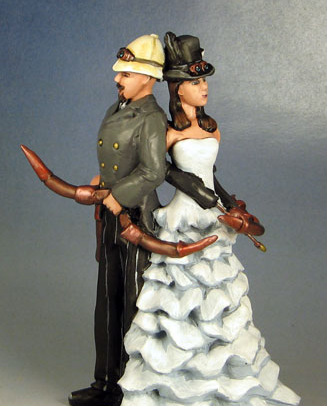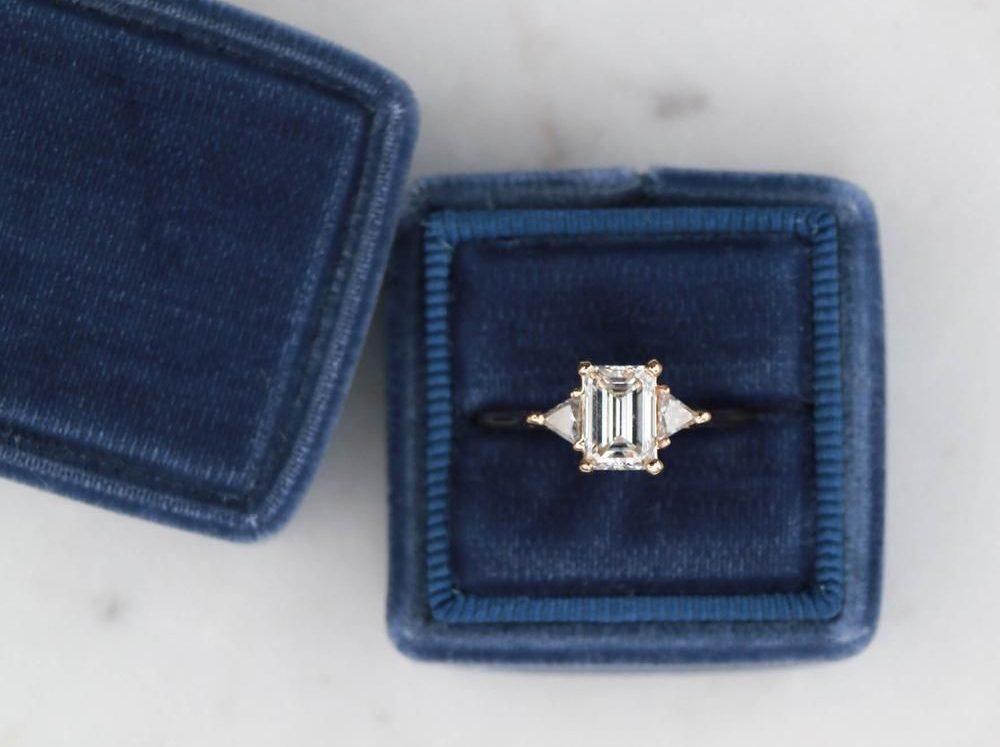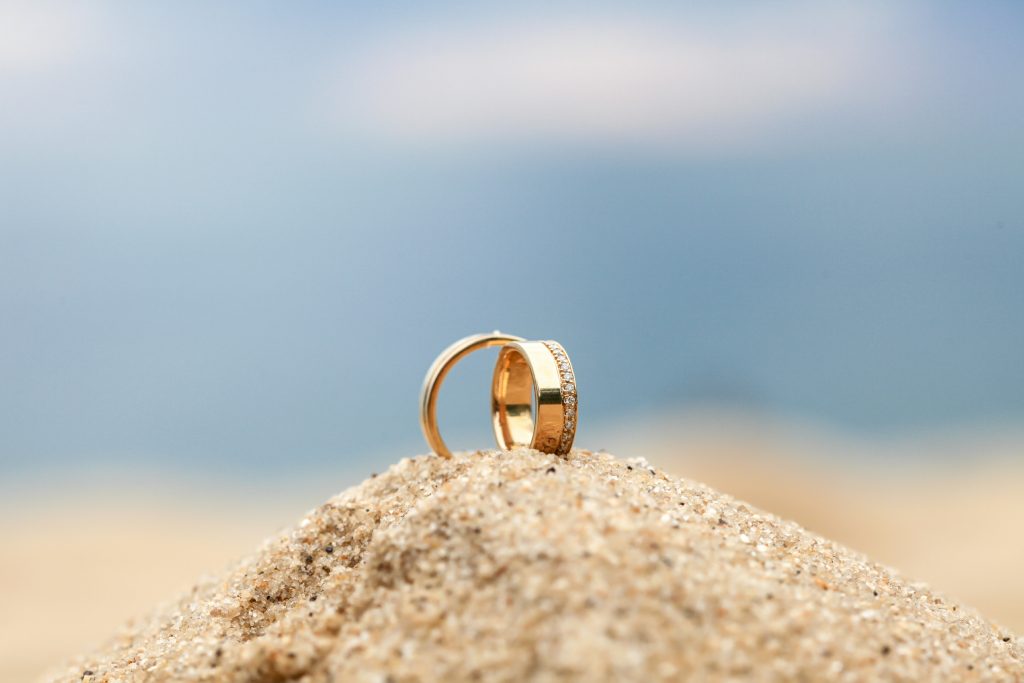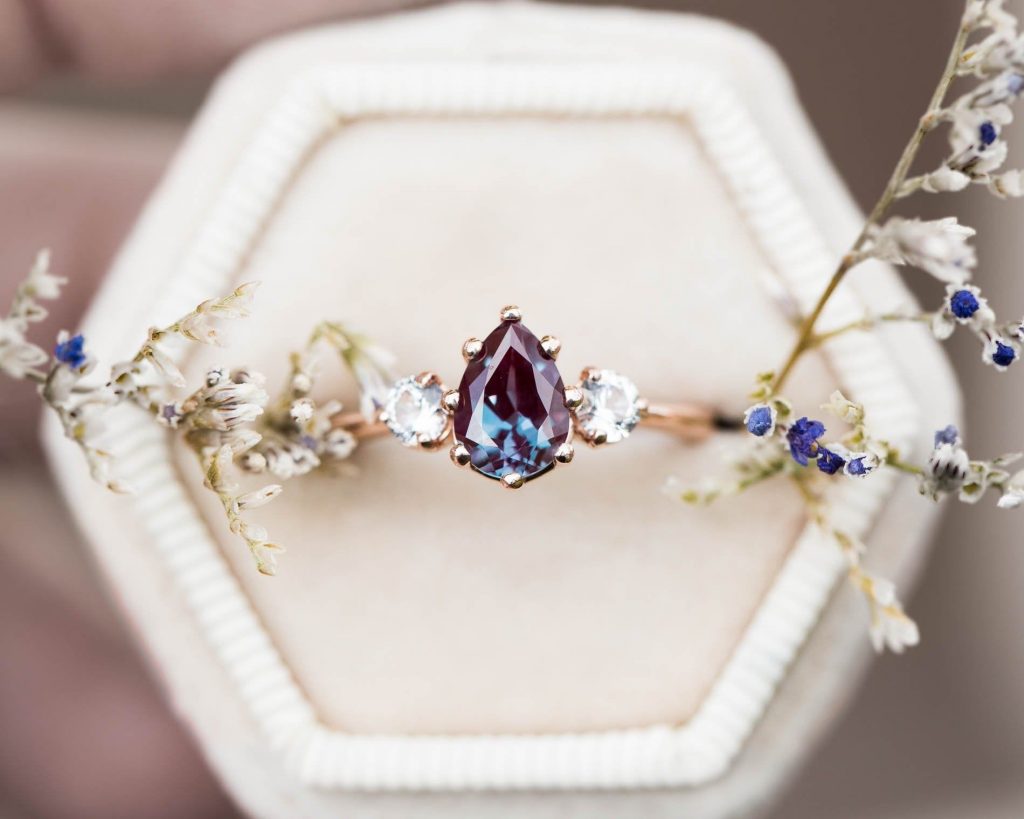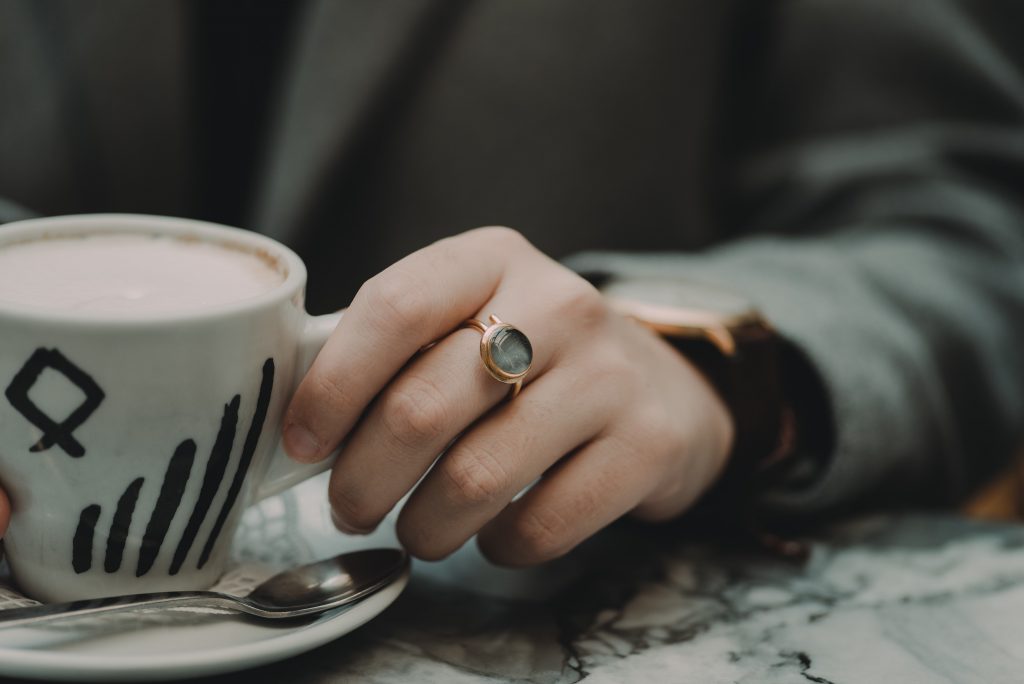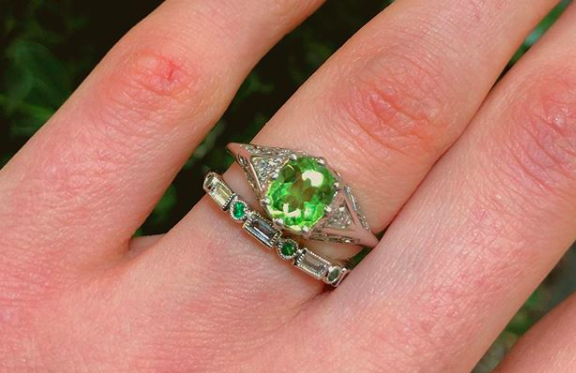You’ve found your perfect partner, now find your perfect ring. If you are a lover of all things delicate and elegant, the pear shape may just be for you.
Also known as the teradrop shape, the pear shape offers a stone a unique style. If you’d like a piece of this pear, read on for everything you need to know.
View this post on Instagram
The pear cut features 58 facets and is typically cut in the brilliant style. This hybrid shape is considered to be a blend of the round and marquise cut. Pear cut stones should have a length to width ratio of 1:5:1. The stone’s elongated shape makes the diamond appear larger, which is always a bonus.
The stone is securely held in place by either three or five prongs, with one of the prongs at the point of the diamond to protect it.
The beauty of this shape is that is allows the colour of the diamond to come across the strongest, so it best suited for yellow and pink stones. If the stone is larger than one carat, however, it may display some darkness towards its point. You will thus want a stone with even colour distribution throughout.
View this post on Instagram
This stunning shape was created in 1458 by Flemish diamond polisher Lodewyk (Louis) van Berquem of Brugge, Belgium. From its inception, the stone polarised the jewellery industry. Some loved its unusual shape while many disliked the stone because a large amount of the rough diamond is lost during the cutting process.
View this post on Instagram
View this post on Instagram
This stone elegantly elongates fingers, making it an excellent choice for an engagement ring. It’s also often the more affordable option. Pear shaped diamonds can cost anywhere between 10-30% less than a round diamond of the same carat weight, according to the Gem Society.
View this post on Instagram
Feature image: Unsplash

